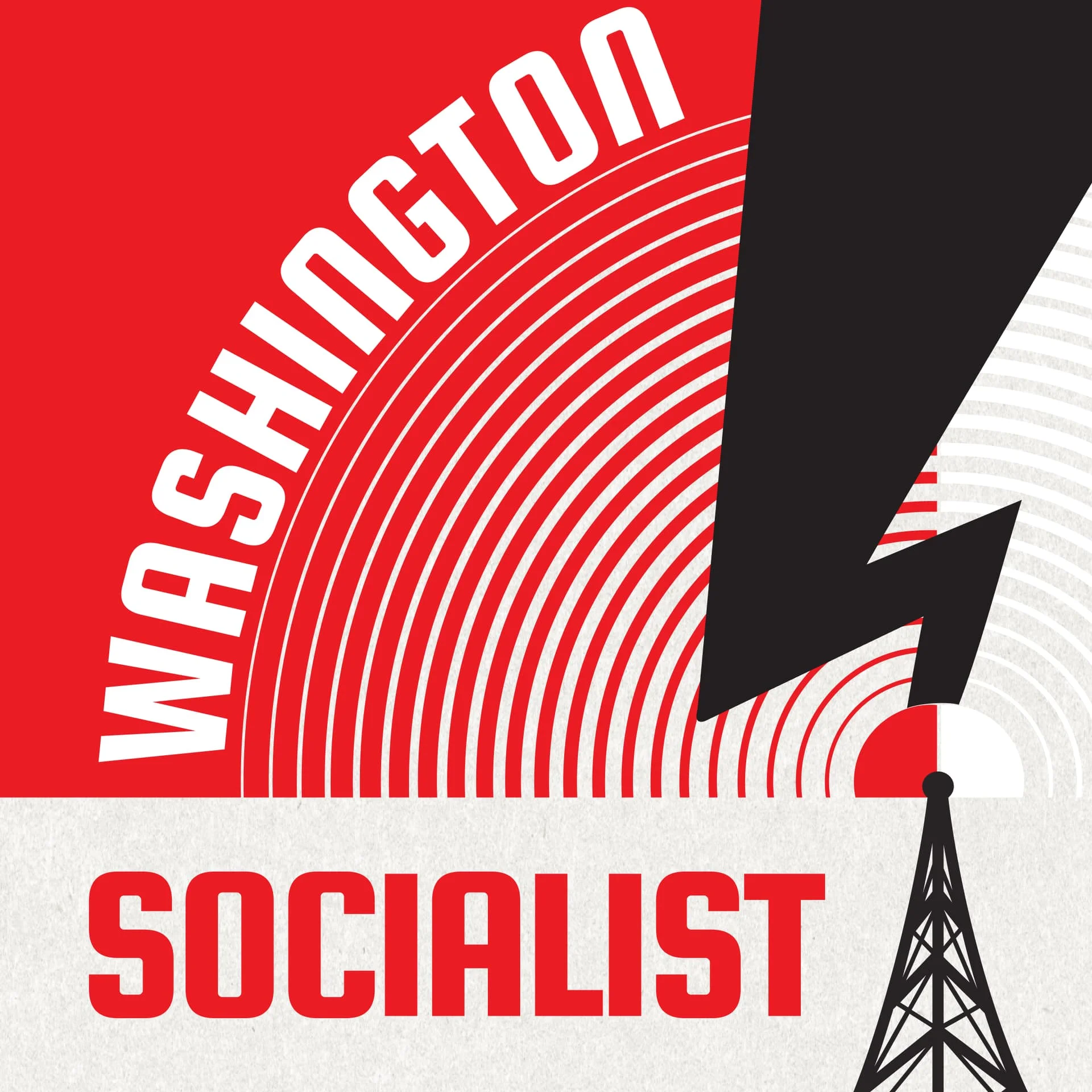

2023 DSA National Convention Retrospective: ‘The Point, However, Is to Change It'


Campaigns Council 2023 Midyear Report


Should the public trust approval voting?


What’s at stake in the Trump indictments


Book Review: American Midnight


200th Episode Celebration: The Future of DSA
Join us as we celebrate our 200th episode! We’ve been broadcasting on WBAI and online for almost five years and in that time, have featured the stories of hundreds of workers, tenants, and organizers fighting for socialism in New York City, in the United States, and around the globe. It’s a true honor and privilege to bring these stories to you, and we’re looking forward to what the future has in store!
For this week's show, we’re joined live by Honda Wang of DSA Labor. As a New York City delegate to the recent national DSA convention in Chicago, Honda will be sharing his analysis of the present and future of DSA and what’s next in the struggle for socialism. We also hear from Mac, Smitha, and Adam, three NYC-DSA members who were inspired by their work in DSA to start organizing for tenants’ rights in their own buildings and neighborhoods.
Take the DSA Labor Strike Ready pledge to support workers at the UAW Big 3: dsausa.us/UAWPledge
Donate to the DSA Labor Solidarity Fund: donate.laborsolidarity.com.


Weekly Chapter Newsletter for August 28
Greetings Comrades,
Twin Ports Pride celebrations kick off this week! Come join the celebrations and learn about our ongoing work.

Events
-
Monday, August 28 (today!)
6:00 pm, tabling prep at Sarah's house. Come help make posters, bike decorations, button designs, and more!
6:30 pm, Socialism and a Slice by the Northwoods Socialist Collective
Pride celebrations start Thursday! See the full calendar of events.
-
Saturday, September 2
Come visit our table and make a button!
-
Sunday, September 3
12-2 pm, Pride Parade in Superior
Come join in! Walk, roll, or bike! Respond to this email for details.

News
53 years ago: Queer liberation’s roots were socialist, working class and anti-imperialist
In a Summer of Record Heat, These Striking Workers Are Making Climate Demands
UPS Teamsters Across the Nation Are Voting on the Tentative Agreement
See you at Pride!
Sarah Kjorlien
TPDSA Secretary
(If you have been receiving these emails and aren't a member yet, we want you to join! Our goals are both broad and local, and we intend to win as many as possible. Simply put – the Green New Deal, Medicare for All, Green Housing for All, a justice system that helps instead of harms, an end to poverty, socialists in office everywhere – these goals and more will not happen without mass participation. Use this link to join or renew.)


Pride Fest and Labor Day
We have a big weekend coming up. On Saturday, September 2nd we will be tabling all day at Twin Ports Pride Fest. Join us a Bayfront Park. Then Sunday we head to Superior for the Pride Parade, always a favorite. Finally, on Monday we participate in the Cloquet Labor Day Parade. We need more parade marchers! We have a pile of new t-shirts if you want to try one, and we will be distributing stickers on The Minnesota Health Plan. Contact us a dsa.duluth@gmail.com if you want to participate in anything.

Our table at Pride Fest from a few years ago. Chapter member and congressional candidate Skip Sandman has sadly passed away since then.


Join DSA!
Have you been thinking about joining DSA, but haven’t gotten around to it?
Is it time to renew your dues?
DSA is a member-based organization committed to increasing power for the working class and fighting capitalism. All members decide how much and how often to give, and dues-paying members democratically decide the direction of our chapter locally and DSA nationally. To be a truly democratically controlled and explicitly anti-capitalist organization, we can’t rely on big donors or grants, which can often push non-profits into running certain projects or campaigns as conditions of receiving money. Dues – especially monthly – go to running local campaigns, training organizers, and sustaining a nation-wide infrastructure.


Stop Cop City with Atlanta DSA
Earlier this month the national Democratic Socialist of America joined the Atlanta chapter of DSA in publicly endorsing a campaign to put a referendum on the November ballot that would stop “Cop City”, a massive police training facility that has been proposed to be built in the Weelaunee Forest - public forest land and one the largest remaining green spaces in Atlanta - surrounded by predominantly Black working class neighborhoods.
Tonight we’ll hear from Atlanta DSA member Gabriel Sanchez about the chapter's effort to stop Cop City through a ballot referendum, the terrifying tactics police, the city of Atlanta and the state of Georgia have used to in order to crush opposition and what motivates them to keep fighting despite few clear victories for the Defund the Police and abolition movements in recent years.
To learn more and to get involved you can visit copcityvote.com and atldsa.org/stopcopcity